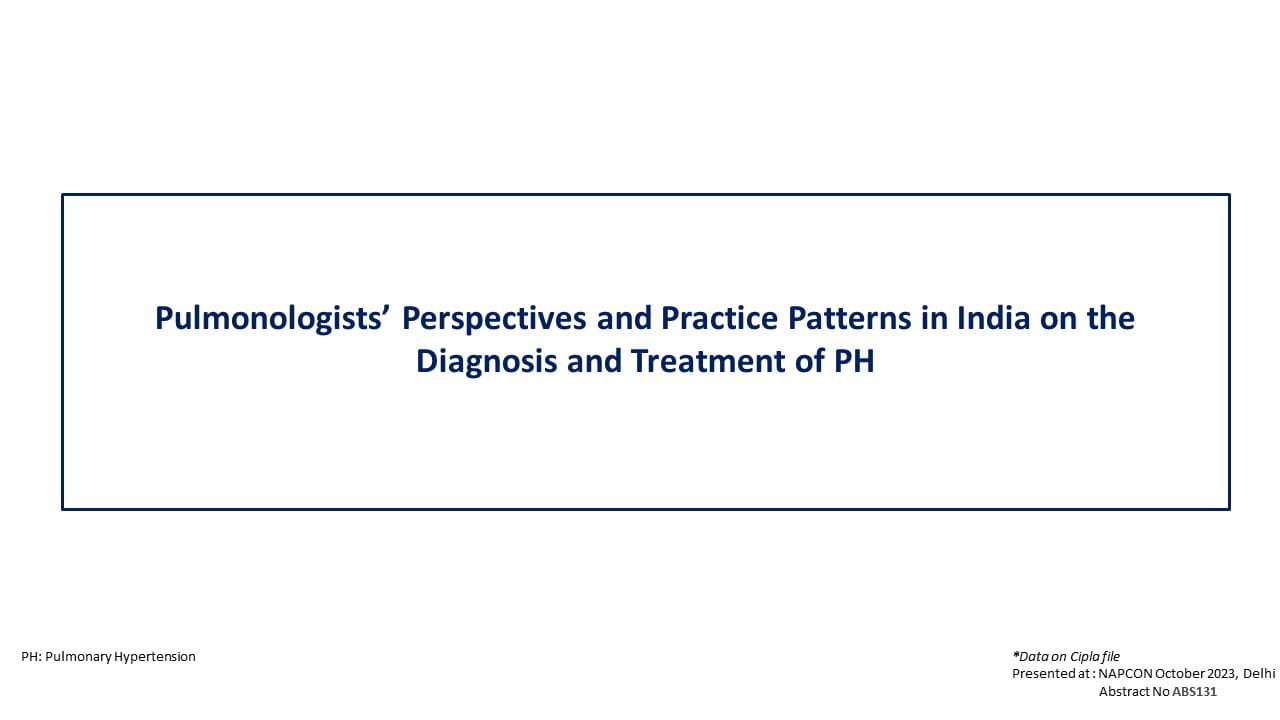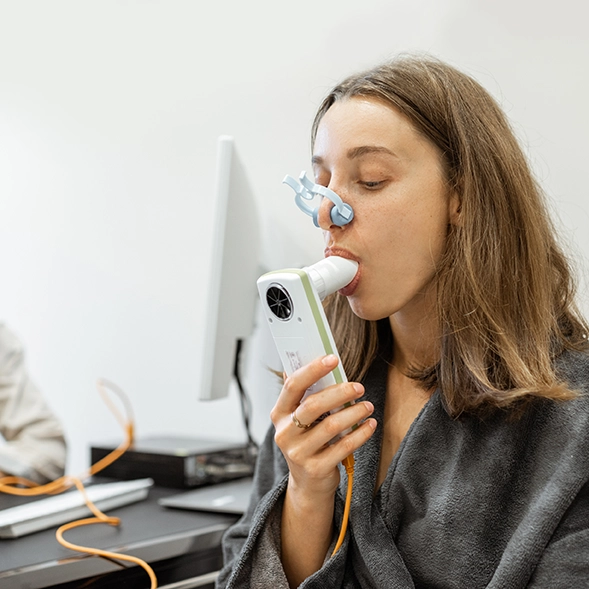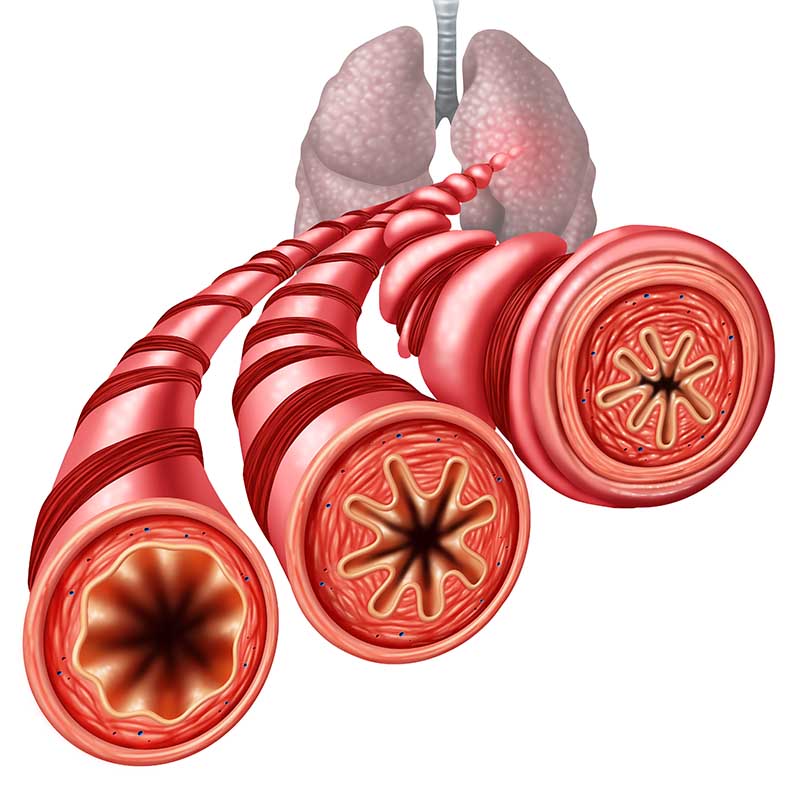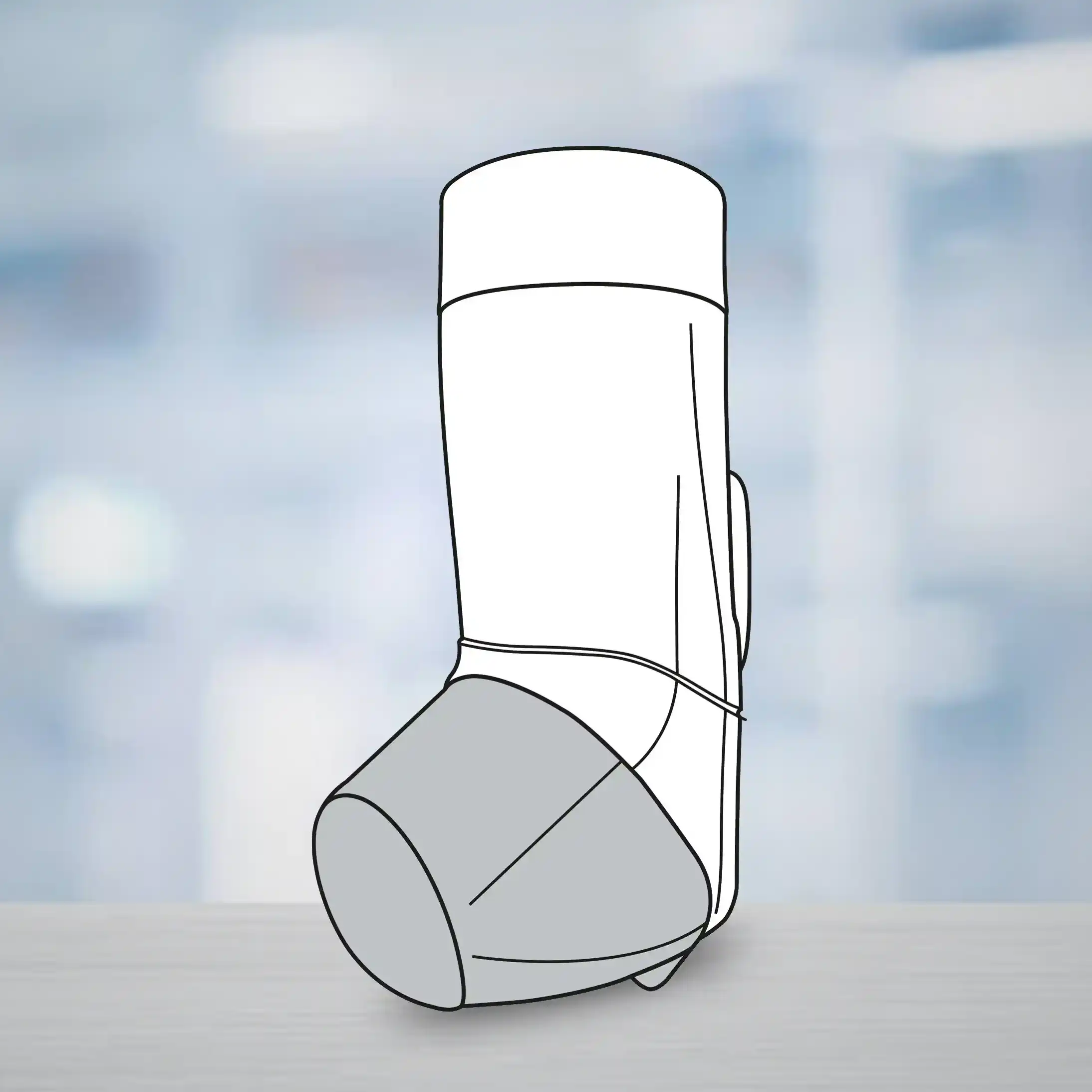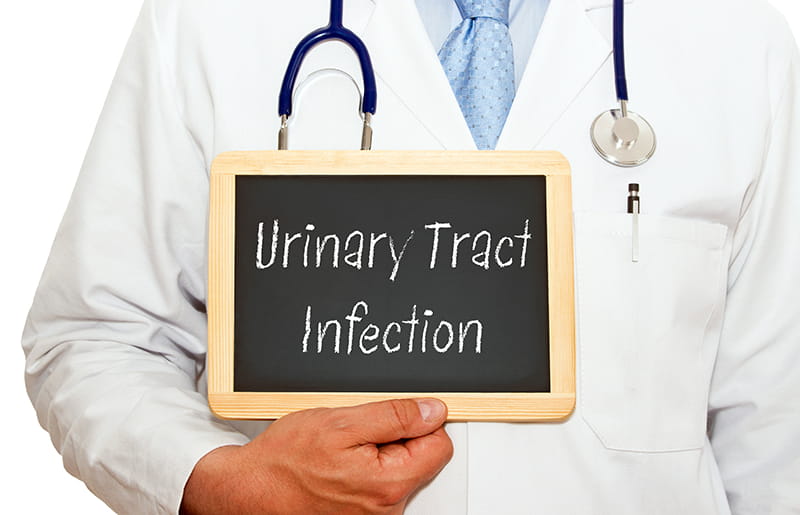Case of Lower Respiratory Tract Infection: Lower Lobe Community-Acquired Pneumonia
Case Presentation
- A 40-year–old male patient presented to the outpatient department with the following symptoms for the past 3–4 days:
- High-grade fever
- Productive cough
- Difficulty breathing
- Fatigue
- The patient denied experiencing
- Hemoptysis
- Pedal edema
- Night sweats
- Recent weight loss
Medical History
- No significant past medical history was noted.
- The patient reported no previous episodes of pneumonia, pulmonary tuberculosis, bronchial asthma, or chronic obstructive pulmonary disease.
- He also denied having a history of coronary artery disease, congestive cardiac failure, type 2 diabetes mellitus, hypertension, and epilepsy.
Physical Examination
- The patient was conscious and oriented to time, place, and person on admission.
- He appeared dyspneic and febrile, with a temperature of 100°F (37.8°C)
- He revealed no evidence of icterus, clubbing, cyanosis, edema, or lymphadenopathy.
Vital Signs
- Pulse rate: 102 beats per minute
- Respiratory rate: 20 breaths per minute
- Blood pressure: 100/60 mmHg
- A respiratory system examination revealed right intrascapular crepitations.
- Cardiovascular, central nervous, and abdominal examinations revealed no abnormalities.
Laboratory Investigations
- Hemoglobin: 13.5 g/dL
- Platelet count: 200,000/mm³
- Total leukocyte count: 16,000/mm³
Liver function tests were reported as within normal limits:
- Total bilirubin: 0.8 mg/dL
- Alanine aminotransferase 30 U/L
- Aspartate aminotransferase 28 U/L
- Alkaline phosphatase: 70 U/L
Renal function tests were also within normal limits:
- Blood urea nitrogen: 15 mg/dL
- Serum creatinine: 0.9 mg/dL
The chest X-ray showed a homogeneous opacity in the right mid-zone, consistent with lobar pneumonia.
Culture and Sensitivity
Isolated organism: Methicillin-sensitive Staphylococcus aureus grew after 48 hours of aerobic incubation.
|
Antibiotic sensitivity test |
|||||
|
1st Line |
Interpretation |
2nd Line |
Interpretation |
3rd Line |
Interpretation |
|
Penicillin |
Sensitive |
Ciprofloxacin |
Sensitive |
Vancomycin |
Sensitive |
|
Erythromycin |
Sensitive |
Levofloxacin |
Sensitive |
Linezolid |
Sensitive |
|
Clindamycin |
Sensitive |
Gentamicin |
Sensitive |
||
|
Doxycycline |
Sensitive |
||||
|
Tetracycline |
Sensitive |
||||
|
Cefoxitin |
Sensitive |
||||
|
Co-trimoxazole |
Sensitive |
||||
Diagnosis
Based on the clinical presentation, physical examination findings, and radiological evidence, the patient was diagnosed with right lower lobe community-acquired pneumonia (CAP).
Management
The patient was admitted and commenced on the following treatment regimen:
- Intravenous fluids: Normal saline
- Antibiotics:
- Inj. meropenem 1 g intravenously every 8 hours
- Inj. doxycycline 100 mg intravenously every 12 hours
- Antipyretic and analgesic: Inj. paracetamol 1 g intravenously every 12 hours
- Gastroprotection: Inj. pantoprazole 40 mg intravenously every 12 hours
- Vitamin supplementation: Inj. vitamin B complex in 100 mL of normal saline once daily
- Oral medications:
- Antihistamine: Tab. montelukast 10 mg + levocetirizine 5 mg at bedtime
- Mucolytic: Tab. acetylcysteine (600 mg) + acebrophylline (100 mg) twice daily
- Bronchodilator therapy: Nebulization with ipratropium bromide + salbutamol twice daily
- Calcium and vitamin K2 supplementation: Tablet once daily
Follow-up Outcome
- Gradual resolution of fever was observed within 48–72 hours of initiating antibiotics.
- There was an improvement in respiratory symptoms and overall condition over
3–5 days. - Based on the sensitivity report received, the antibiotic was continued for 5 days in the hospital, depending on the patient's clinical response.
- A follow-up chest X-ray was advised after 4–6 weeks to ensure complete resolution of the pneumonic infiltrate.
- He was also advised of the annual influenza vaccination to prevent future respiratory infections.
Case Discussion
This case presents a 40-year–old male with symptoms indicative of CAP. Given his age, lack of comorbidities, and relatively stable condition, he likely falls into a low-risk category according to the Pneumonia Severity Index.1
Current guidelines from respected organizations such as the American Thoracic Society and the Infectious Diseases Society of America recommend macrolides, fluoroquinolones, or doxycycline as suitable options for empiric treatment of CAP.2 While selecting an antibiotic, it is crucial to consider coverage against common CAP pathogens, including Streptococcus pneumoniae and atypical organisms like Mycoplasma pneumoniae and Chlamydophila pneumoniae.2 Among the above-stated antibiotics, doxycycline has high activity toward many respiratory pathogens, including anaerobes and atypical organisms. This broad ‑spectrum coverage is complemented by its rapid absorption, high bioavailability (up to 90%), and ability to concentrate in lung tissues, notably into alveolar macrophages.3
Moreover, doxycycline stands out as an excellent choice for this patient, as the clinical cure rate for doxycycline (87.2%) was found to be comparable with that for macrolides and fluoroquinolones (82.6%).4 It also offers a favorable resistance profile compared with some other antibiotics.5 Doxycycline remains highly effective against most of the common pathogens causing CAP like Staphylococcus aureus, demonstrating lower resistance rates, thereby making it a reliable choice for empirical treatment.4 Additionally, the cost of hospitalization, time to respond to treatment, and length of hospitalization are found to be significantly lower in patients on doxycycline in comparison with those on some other antibiotics.6
The combination of beta-lactam and doxycycline is effective for hospitalized patients with CAP, significantly reducing mortality. A retrospective study with a large cohort of 5282 patients receiving doxycycline showed that the 30-day mortality rate was 6.4% with this combination treatment compared with 9.1% without (p<0.0001) and the 90-day mortality rate was 13.8% vs. 16.8% (p<0.0001).3 Likewise, in this case, the combination of meropenem with doxycycline was effective in symptom resolution and offered improved clinical outcomes.
In terms of patient safety, doxycycline's well-established profile with relatively mild common adverse effects makes it suitable for a low-risk patient.7
Consequently, this case of a young adult with uncomplicated CAP exemplifies the importance of tailoring treatment to individual patient factors and current best practices. Close follow-up should be arranged to ensure clinical improvement and to reassess if there is any need for treatment modification.
Conclusion
This case is unique in presenting a middle-aged, otherwise healthy patient with CAP symptoms warranting hospitalization, despite typically being a low-risk candidate. It underscores the unpredictable nature of CAP and the importance of individualized assessment. The case particularly highlights the pivotal role of doxycycline in CAP management. Doxycycline’s broad-spectrum coverage against both typical and atypical pathogens and favorable resistance profile make it an optimal selection for this patient. Additionally, doxycycline's safety and tolerability profile, along with its comparable clinical cure rates with other commonly used antibiotics, reinforce its suitability.
References
- Lutfiyya MN, Henley E, Chang LF, et al. Diagnosis and treatment of community-acquired pneumonia. Am Fam Physician. 2006;73(3):442–450.
- Mehta PN. Indian Pediatrics - Editorial. Available at: https://www.indianpediatrics.net/oct2003/oct-958-964.htm. Accessed on 25 July 2024.
- Uddin M, Mohammed T, Metersky M, et al. Effectiveness of beta-lactam plus doxycycline for patients hospitalized with community-acquired pneumonia. Clin Infect Dis. 2022;75(1):118–124.
- Choi SH, Cesar A, Snow TAC, et al. Efficacy of doxycycline for mild-to-moderate community-acquired pneumonia in adults: A systematic review and meta-analysis of randomized controlled trials. Clin Infect Dis.
2023;76(4):683–691. - Metlay JP, Waterer GW, Long AC, et al. Diagnosis and treatment of adults with community-acquired pneumonia. An official clinical practice guideline of the American Thoracic Society and Infectious Diseases Society of America. Am J Respir Crit Care Med. 2019;200(7):e45–67.
- Ailani RK, Agastya G, Ailani RK, et al. Doxycycline is a cost-effective therapy for hospitalized patients with community-acquired pneumonia. Arch Intern Med. 1999;159(3):266.
- Styka AN, Savitz DA. Assessment of long-term health effects of antimalarial drugs when used for prophylaxis. Washington (DC): National Academies Press (US), 2020.


